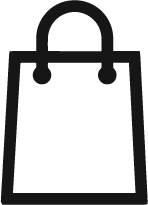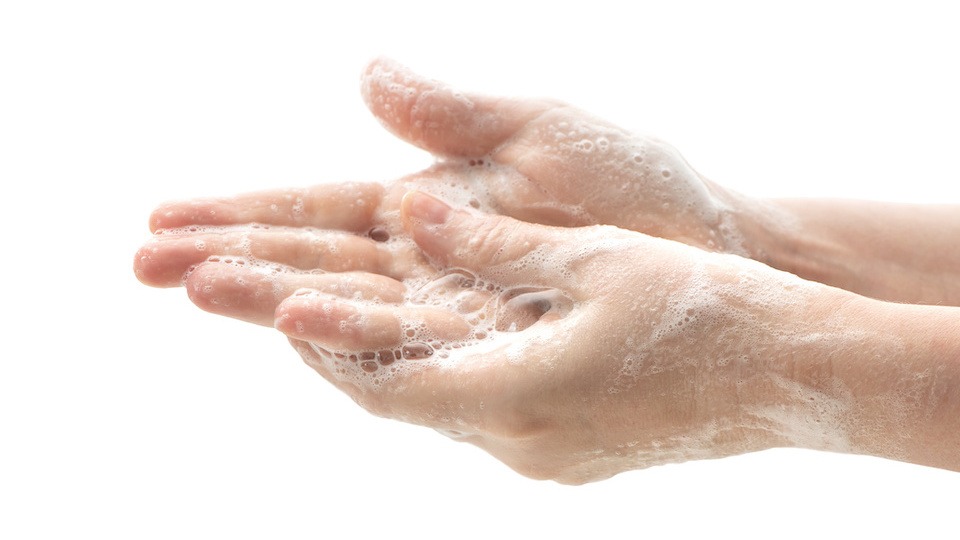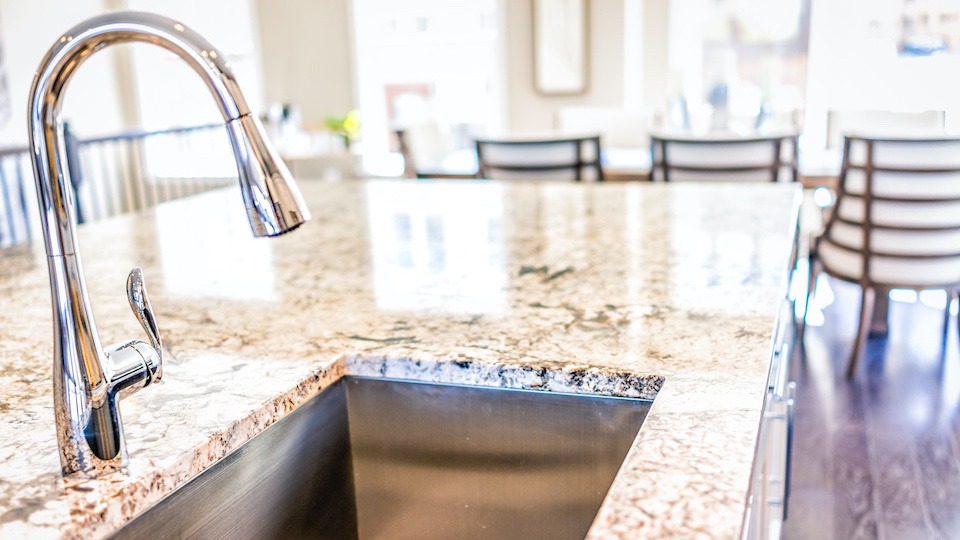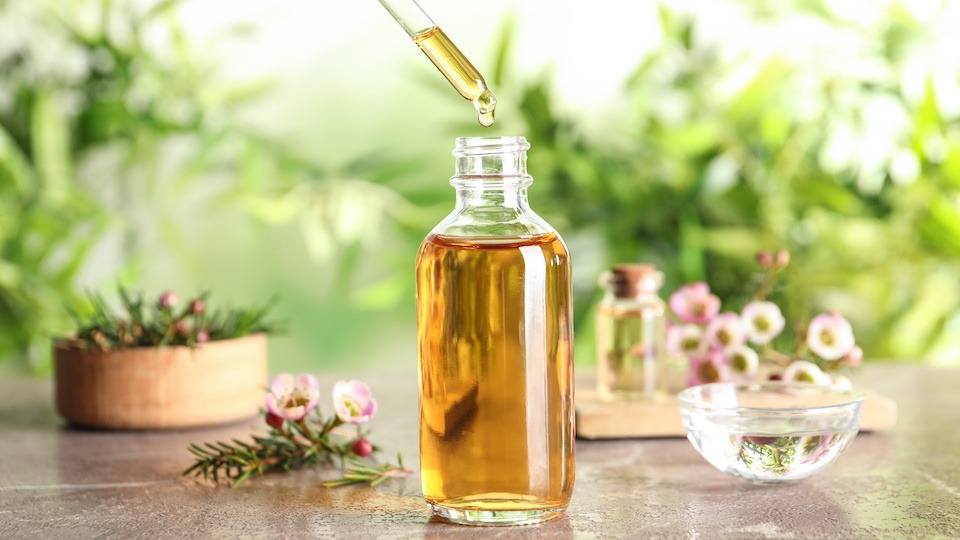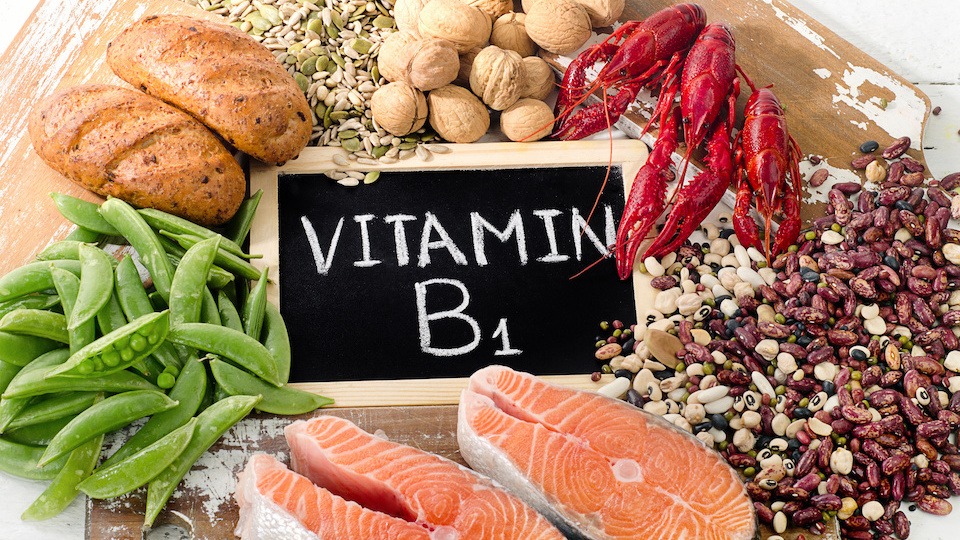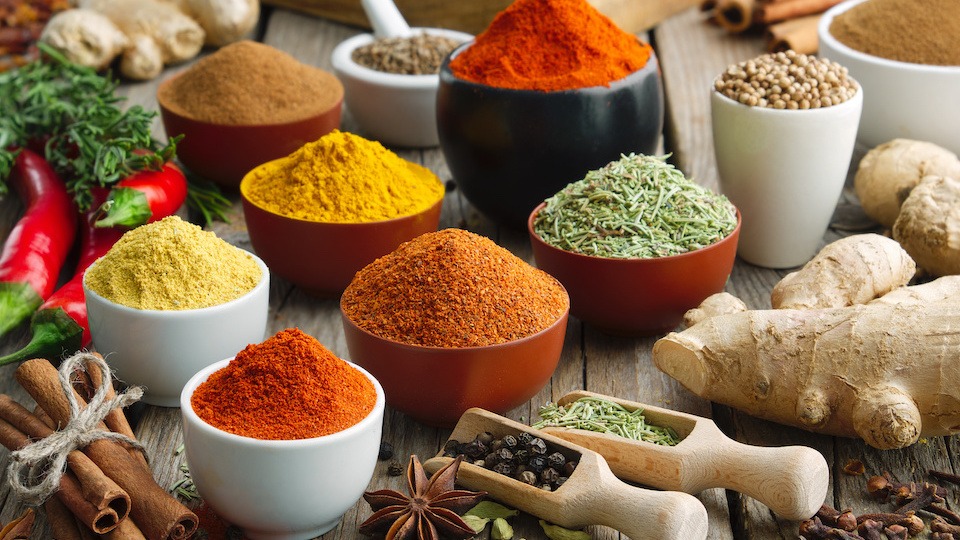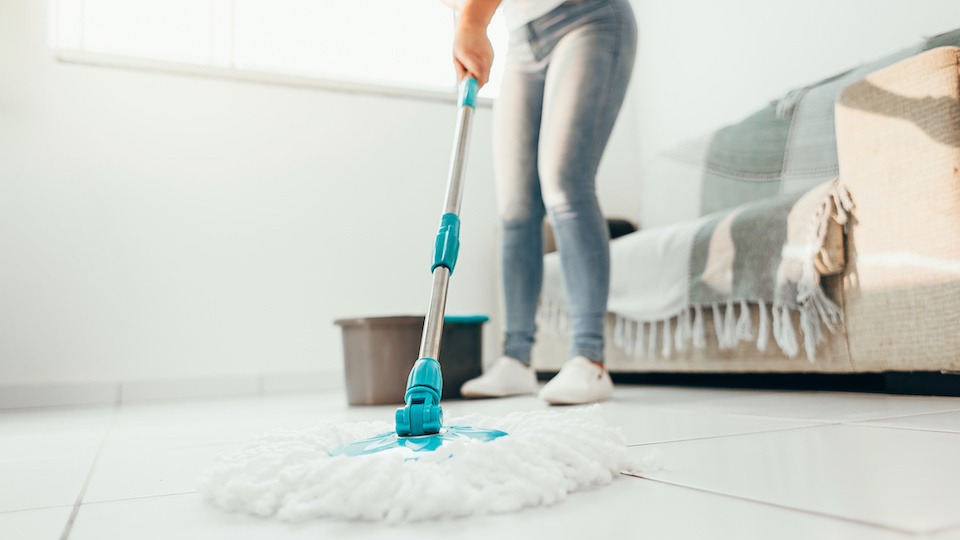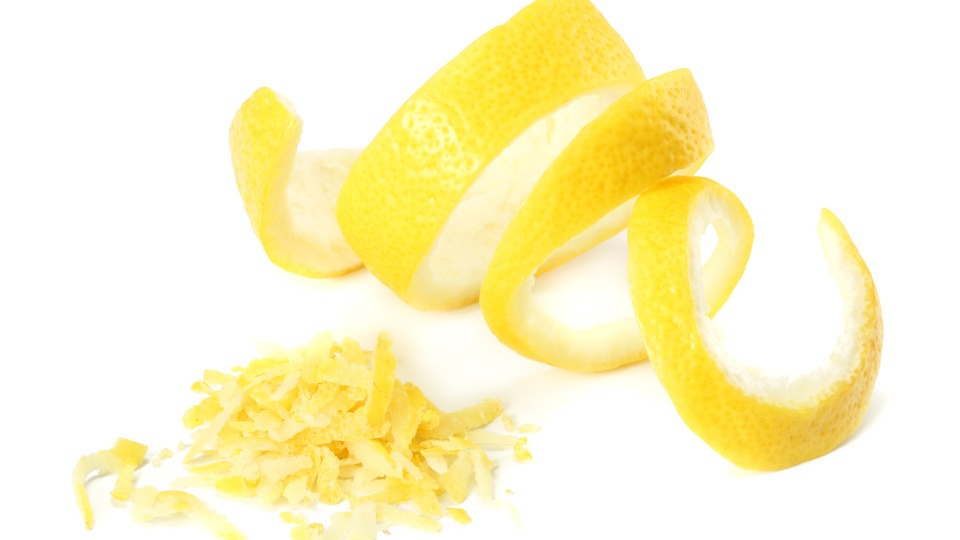If there is one hygiene habit you should adopt starting NOW, it is handwashing, and lots of it. Handwashing is the perfect way to keep yourself and others safe from virus conditions. However, if you don’t wash your hands properly, you might as well not wash them at all. Knowing the best possible way to wash your hands is your first line of defense and should be something that we all take very seriously…especially right now.
One of the biggest challenges with not washing your hands after using the bathroom is that all day we are touching things. We touch people, we touch surfaces, and ultimately, we touch our own nose and mouth, which will allow nasty pathogens to enter our bodies. We prepare food with dirty hands without knowing it, and people we love can catch infections just by eating the dinner we have prepared.
Here are just some of the infections and diseases that can spread by not washing your hands thoroughly after using the bathroom, including the new coronavirus.
Airborne illnesses
Respiratory illnesses such as the common cold, influenza, chickenpox, and meningitis are caused by poor hand washing techniques along with sneezing and coughing.
One of the biggest questions on the minds of millions of people around the world is, how exactly does Covid-19 spread? It is a basic, but somewhat tricky question. This new virus, also known as SARS-CoV-2 has already infected over 111,000 people in just over two months and more than 3000 of them have died.
The best explanation is that it spreads through droplets from coughing and sneezing. When the droplets, laced with the virus reach another person’s nose, eyes, or mouth, they can transmit the disease.
Noroviruses
These virus conditions are generally at the root of viral gastroenteritis in humans. It is transmitted when people don’t wash their hands and can move very quickly through large groups of people in close quarters. This explains why when one person in your office gets a norovirus, you will most likely catch it as well. To keep from catching and spreading noroviruses in the first place, it is essential to wash your hands before preparing food and always avoid touching your face.
Hepatitis A
Hepatitis A is a viral infection that results in severe symptoms, including issues with the liver, jaundice, abdominal pain, fatigue, and fever. It often spreads through food that has been contaminated by people who have handled it and have not washed their hands after using the bathroom. The National Institute of Allergy and Infectious Diseases notes that digesting even teeny traces of contaminated fecal matter, which you can’t see, can cause disease transmission.
Nosocomial infections
Infections can often be transmitted in hospital settings as a result of patients and staff not washing their hands. This is a huge problem as patients in hospitals are already sick and possibly have compromised immune systems. If the staff doesn’t wash their hands between patients or if people with infections are not adequately washing their hands, they can very easily pass on their illness to others. The most common nosocomial infections which are easily spread by germs and bacteria on hand include MRSA and E. coli.
The best way to wash your hands
With all that said, here are some tips to remember when washing your hands. Keep in mind that you are not only protecting yourself from illness but also keeping those around you safe when you maintain good hand washing hygiene.
When to wash your hands
- Before, during, and after preparing food
- Before eating
- Before and after you care for someone at home who is sick
- Before and after you treat a wound
- After you use the toilet
- After changing diapers or cleaning up a child who has used the toilet
- After you blow your nose, cough or sneeze
- After handling pet food or pet treats
- After you touch garbage
How to wash your hands correctly
- Wet your hands using clean, warm, or cold running water. Turn off the tap and apply hand soap.
- Rub your hands together with soap to make a lather. Be sure to get the backs of your hands, between your fingers, and under your nails.
- Scrub your hands for at least 20 seconds. If you don’t have a timer, you can sing the Happy Birthday song twice through.
- Rinse your hands using clean and running water.
- Dry your hands using a clean towel or let them air dry.
When to use hand sanitizer
When soap and water are not accessible, you can use an alcohol-based hand sanitizer that contains at least 60% alcohol. Although sanitizers can quickly and effectively reduce germs on hands, there are some types of germs that they can’t reduce. Also, hand sanitizers are not as effective when your hands are visibly dirty or greasy. They may not remove harmful chemicals from hands, including heavy metals or pesticides.
Note: Swallowing more than a couple of mouthfuls of alcohol-based hand sanitizer can cause alcohol poisoning.
The best way to use hand sanitizer
- Apply the gel product to the palm on one hand.
- Rub hands together.
- Rub the gel all over your hands and fingers and in between your fingers until your hands are dry. This takes about 20 seconds.
-The UpWellness Team

